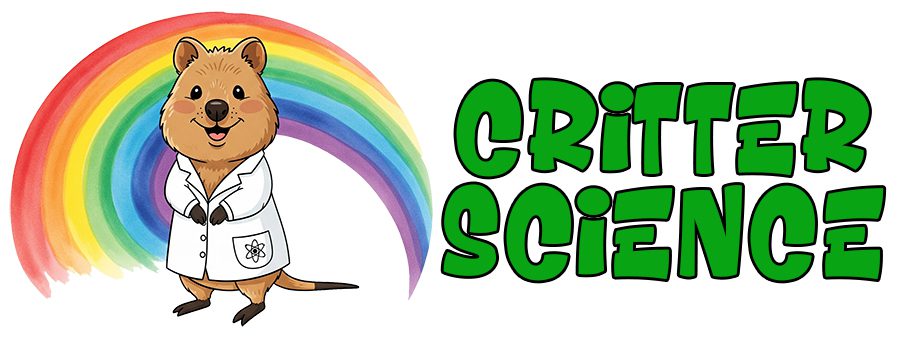- Zoology
- Daily Critter Facts
- For Teachers
- Study Guides
- Diseases & Parasites
- Contact


Natural selection, the cornerstone of modern evolutionary theory, describes the process by which heritable traits that enhance an organism’s survival and reproduction become more common in a population over successive generations. It is a fundamental mechanism of evolution, driving the diversification and adaptation of life on Earth. Unlike earlier theories that proposed a directed or purposeful force guiding evolution, natural selection operates through a purely mechanistic process, driven by the interplay between variation and environmental pressures.
How it Begins
The process begins with variation. Within any population of organisms, individuals exhibit differences in their traits. These variations arise from random mutations in the genetic material, as well as from the reshuffling of genes during sexual reproduction. Some variations may be subtle, while others are more pronounced, but all contribute to the diversity within the population. It is this diversity that provides the raw material for natural selection to act upon.
The Challenges
Not all individuals are created equal in terms of their ability to survive and reproduce. The environment presents numerous challenges, including limited resources, predation, disease, and competition for mates.
Individuals with traits that better equip them to overcome these challenges are more likely to survive and produce offspring. Conversely, individuals with less advantageous traits are more likely to perish or fail to reproduce.
Heritability
The key to natural selection lies in the heritability of these traits. Offspring inherit their parents’ genes, and therefore, their parents’ traits. If a particular trait enhances an individual’s survival and reproduction, that individual is more likely to pass on its genes to the next generation. As a result, the advantageous trait becomes more common in the population over time, while less advantageous traits become less frequent.
Adaptation
This process of differential survival and reproduction, driven by environmental pressures, leads to the gradual adaptation of populations to their surroundings. Over many generations, natural selection can produce significant changes in the characteristics of a species, leading to the evolution of complex adaptations. These adaptations can range from the camouflage of an insect to the intricate social structures of ants.
There is no End Game
Natural selection is not a conscious or intentional process. It is simply the outcome of the interaction between organisms and their environment. There is no predetermined goal or direction to evolution. The environment is constantly changing, and what is advantageous at one time may not be advantageous at another. Thus, evolution is a dynamic process, constantly adapting to new challenges and opportunities.
Eat or Be Eaten
The concept of “survival of the fittest” is often used to describe natural selection, but this phrase can be misleading. It suggests that natural selection favors the strongest or most aggressive individuals. However, “fitness” in evolutionary terms refers to an organism’s ability to survive and reproduce in its particular environment. This may involve strength, but it can also involve other traits, such as camouflage, disease resistance, or the ability to find food.
The Gains of the Many
Natural selection operates on the level of the individual, but its effects are seen at the population level. Individuals do not evolve; populations do. Over time, the accumulation of small changes in individual organisms can lead to significant changes in the genetic makeup of a population. This process is known as microevolution.
The cumulative effect of microevolutionary changes over long periods can lead to macroevolution, the evolution of new species and higher taxonomic groups. Natural selection, along with other evolutionary mechanisms such as genetic drift and gene flow, drives the diversification of life on Earth.
How it is Influenced
It is important to understand that natural selection is not the only mechanism of evolution. Other factors, such as genetic drift (random changes in gene frequencies) and gene flow (the movement of genes between populations), can also influence the evolutionary process. However, natural selection is the primary driver of adaptation, the process by which organisms become better suited to their environments.
The Proof is in the Pudding
The evidence for natural selection is overwhelming. It comes from a variety of sources, including fossil records, comparative anatomy, embryology, and molecular biology. The observation of evolution in action, such as the development of antibiotic resistance in bacteria, provides direct evidence of the power of natural selection.
Natural selection, as defined by Charles Darwin and Alfred Russel Wallace, is a continuous process, constantly shaping the evolution of life on Earth. As environments change and new challenges arise, natural selection continues to drive the adaptation and diversification of organisms. It is a fundamental principle that explains the incredible diversity and complexity of life.
